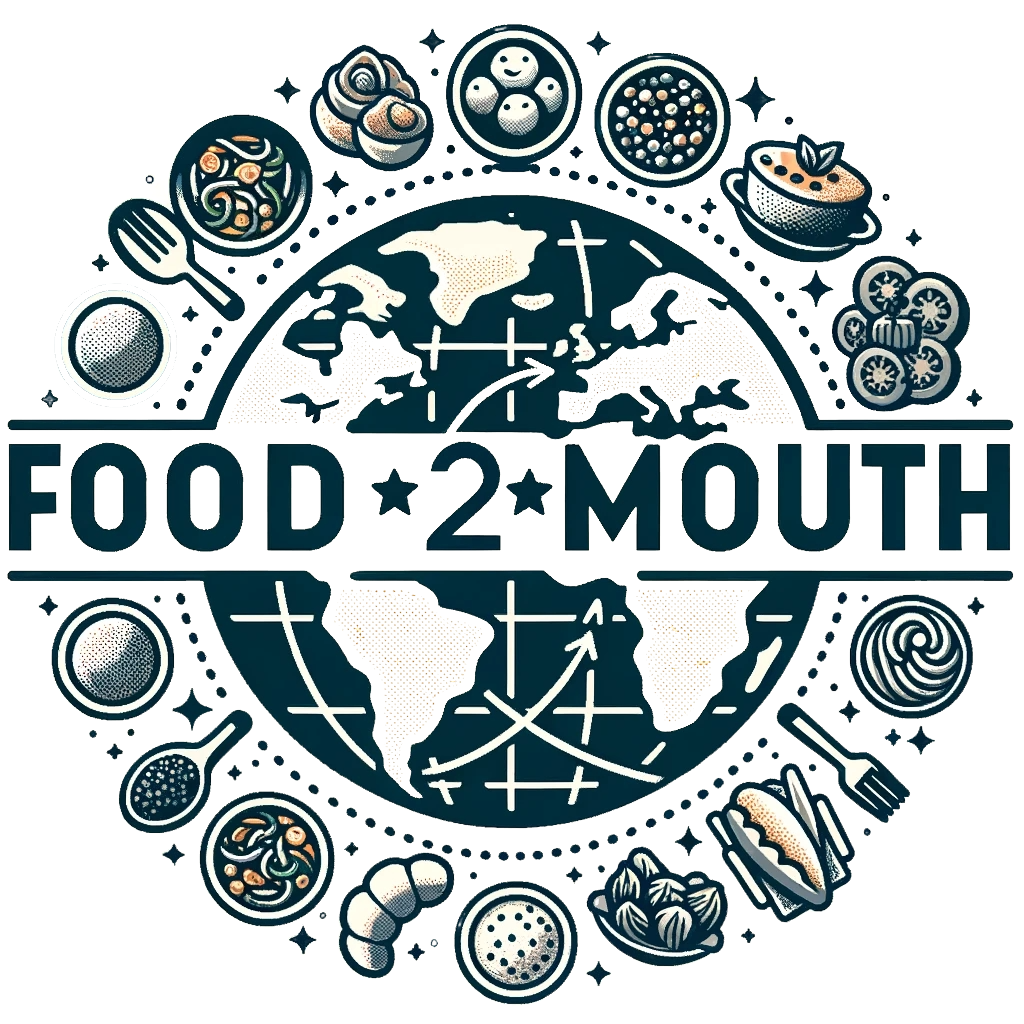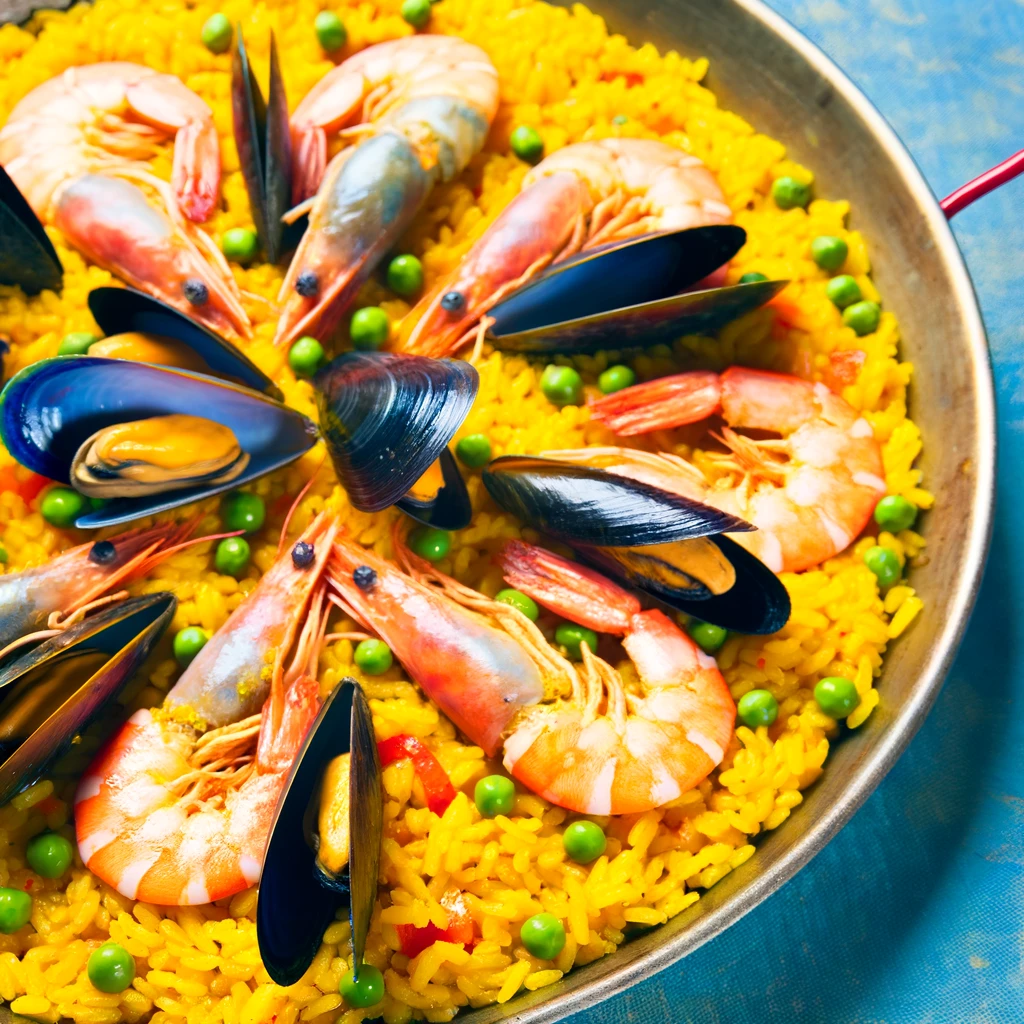The history of sandwiches is a story of culinary innovation and global adaptation. From its humble beginnings in the 18th century to its status as a worldwide staple, the sandwich has undergone a remarkable evolution.
The Birth of the Sandwich: 18th Century England
The origin story of the sandwich, as we recognize it today, is rooted in 18th-century England and is as much a tale of convenience as it is of culinary innovation. Let’s delve deeper into this pivotal chapter in the history of the sandwich.
The Earl’s Invention
The popular story attributes the invention of the sandwich to John Montagu, the 4th Earl of Sandwich, an 18th-century English nobleman. An avid gambler, Montagu often found himself not wanting to leave the gaming table for meals. He requested his valet to bring him meat tucked between two slices of bread, a request that allowed him to eat without the need for cutlery and without interrupting his game. This practical solution to a dining dilemma quickly caught on among his peers.
Sandwich’s Rise in Society
The concept of the sandwich began to gain traction in English society beyond the gaming tables. It was seen as a quick, convenient meal, especially suitable for occasions where traditional dining was impractical. The ease of eating and the ability to consume it with one hand made the sandwich an appealing option for the busy and mobile members of society.
Variations and Spread
Initially, sandwiches in England were quite simple, often comprising bread and beef, and gradually, more variations began to appear. From the aristocracy to the working class, the sandwich began to find its way into various aspects of English life. The idea of a portable meal between slices of bread was revolutionary and set the stage for the sandwich’s eventual evolution.
The Role of Industrialization
As England moved towards industrialization, the sandwich found a new role. The working-class needed quick, satisfying meals that could be eaten on the go or during short breaks in the factories. The sandwich was the perfect solution. Its simplicity and versatility made it a staple among workers, contributing to its growing popularity across the country.
Through these developments in 18th-century England, the sandwich established itself not just as a culinary convenience but also as a social and cultural icon. Its creation marked the beginning of a journey that would see the sandwich become a global culinary phenomenon.
The Sandwich Spreads Across Europe
As the sandwich concept took root in England, its popularity began to spread across Europe, each country adapting it to its unique culinary traditions and ingredients. This section explores the sandwich’s journey across the European continent and how it became embedded in various cultures.
France: The Birth of the Croque Monsieur
In France, the sandwich took a gourmet turn with the creation of the Croque Monsieur, a grilled ham and cheese sandwich that first appeared in Parisian cafes in the early 20th century. This bistro classic, often served with béchamel sauce and melted cheese on top, reflected the French flair for culinary elegance and became a staple in French cafes and bistros.
Italy’s Love Affair with Panini
Italy embraced the sandwich in the form of Panini, which literally means ‘small breads.’ Panini are typically made with ciabatta or other Italian bread, filled with a variety of cheeses, cured meats, and vegetables, and then pressed and grilled. This Italian twist on the sandwich concept became popular as a quick, delicious meal, embodying the Italian commitment to quality ingredients and simple yet flavorful combinations.
The Scandinavian Smørrebrød
In Scandinavian countries, particularly Denmark, the open-faced sandwich known as Smørrebrød became a cultural icon. Traditionally made with rye bread and topped with cold cuts, fish, cheese, and spreads, Smørrebrød is both an art form and a culinary tradition, often beautifully garnished and served as a staple lunch item.
Germany’s Substantial Offerings
Germany’s contribution to the sandwich culture includes substantial, meat-heavy options like the Schnitzel sandwich, made with breaded and fried meat, usually pork or veal, and served in a bun with various condiments and toppings. This hearty sandwich reflects the German preference for robust and filling meals.
Spain’s Bocadillo
In Spain, the Bocadillo, a sandwich made with Spanish baguette and filled with ingredients like chorizo, serrano ham, or tortilla Española, became a popular, easy meal for workers and students. Its simplicity and the use of fresh, local ingredients showcase the Spanish approach to food – straightforward yet delicious.
Through these diverse adaptations, the sandwich concept found a unique place in each European culture, demonstrating the versatility and universal appeal of this culinary innovation. From the elegant cafes of Paris to the bustling streets of Rome, the sandwich became a symbol of modern, casual dining across Europe.
American Innovation: The Deli Sandwich
The evolution of the sandwich in America is a tale of cultural melting pot influences, leading to the creation of the deli sandwich. This section explores how the sandwich was embraced and reinvented in the United States, becoming an integral part of American food culture.
The Emergence of Delicatessens
The concept of the delicatessen, or deli, a store selling fine, foreign foods, took root in America with the arrival of European immigrants in the late 19th and early 20th centuries. Jewish immigrants from Eastern Europe played a particularly pivotal role, introducing foods like pastrami, corned beef, and rye bread. These ingredients became the foundations of the classic American deli sandwich.
The New York Deli Scene
In cities like New York, delis became cultural landmarks. Iconic establishments like Katz’s Delicatessen and Carnegie Deli popularized sandwiches that were hearty and generously filled. The deli sandwich, particularly the pastrami on rye, became synonymous with New York’s culinary scene, reflecting the city’s diverse population and vibrant food culture.
Italian Influence: Subs and Hoagies
Italian immigrants brought their version of the sandwich in the form of subs, hoagies, and heroes. These long sandwiches, filled with Italian meats, cheeses, and vegetables, drenched in oil and vinegar, became popular in cities like Philadelphia and New York. The Italian sandwich tradition emphasized abundance and bold flavors, adding another dimension to America’s sandwich repertoire.
Regional Variations Across the U.S.
As the sandwich concept spread across the U.S., various regions developed their unique versions. In New England, the lobster roll emerged, while the South developed the Po’boy and the Cuban sandwich became a staple in Florida, influenced by Cuban immigrants. Each of these regional variations showcased local ingredients and culinary preferences, adding to the rich tapestry of the American sandwich.
The Sandwich in American Pop Culture
The deli sandwich also cemented its place in American pop culture. It became a symbol of quick, democratic dining, accessible to all layers of society. Featured in countless movies, TV shows, and literary works, the deli sandwich became more than just a meal; it became a part of the American story.
In conclusion, the American deli sandwich is a testament to the nation’s cultural diversity and culinary creativity. From the bustling delis of New York to the regional specialties of various states, the deli sandwich is a beloved and enduring part of America’s gastronomic landscape.
Global Variations: The Sandwich Goes International
As the sandwich concept spread internationally, it took on new forms and flavours, adapting to local tastes and ingredients. This part of the article explores how different cultures around the world have embraced and reinvented the sandwich, making it a truly global food.
The British Influence and Beyond
The sandwich’s journey from Britain to the colonies and Commonwealth nations led to various adaptations. In Australia and New Zealand, the sandwich became a staple lunchbox item, often featuring local ingredients like Vegemite or avocado. In India, British influences blended with local flavours to birth the Bombay sandwich. This vegetarian treat layers chutney, vegetables, and sometimes cheese.
Latin American Flavours
In Latin America, each country put its unique spin on the sandwich. Mexico’s tortas are a street food favourite, with bolillo or telera bread filled with meats, beans, avocado, and salsa. In Brazil, the Bauru combines roast beef, melted cheese, and pickles, reflecting a blend of local and European influences.
Middle Eastern Variations
The Middle East contributed its own versions of the sandwich. The Shawarma, a wrap filled with spit-roasted meat and vegetables, is a popular on-the-go meal in many Arab countries. In Israel, the Sabich, a pita stuffed with fried eggplant, hard-boiled eggs, and salad, showcases the region’s produce and flavours.
Asian Adaptations
In Asia, countries like Vietnam and Japan have incorporated sandwiches into their culinary traditions. Vietnam’s Banh Mi, a legacy of French colonialism, combines a baguette with Vietnamese ingredients like cilantro, pickled carrots, and various meats. In Japan, the Katsu Sando, a sandwich with breaded pork cutlet, is a fusion of Western-style sandwiches and Japanese ingredients.
The European Gourmet Touch
In Europe, aside from traditional favourites, there has been a surge in gourmet sandwiches.
Focusing on high-quality ingredients and artisanal bread, these gourmet sandwiches feature in cafes and upscale shops. They offer a refined twist on the classic sandwich.
The global journey of the sandwich showcases its incredible versatility and universal appeal. As the sandwich journeyed across borders, it transformed remarkably. Each country reimagined it, reflecting their own culture, ingredients, and culinary styles. In Mexico City, for instance, sandwiches took on vibrant, local flavours. Similarly, in Parisian cafes, they evolved into sophisticated culinary delights. Thus, the sandwich became a globally beloved food, transcending cultural barriers. This journey illustrates how great ideas can spread and adapt universally.
Modern-Day Sandwiches: Health Trends and Gourmet Creations
In recent years, the world of sandwiches has been significantly influenced by evolving health trends and a growing interest in gourmet creations. This section explores how contemporary preferences and nutritional awareness have shaped the modern-day sandwich, leading to innovative and healthier options.
Embracing Healthier Ingredients
The rising awareness of health and nutrition has led to a transformation in sandwich making. Whole grain and artisanal breads, known for their nutritional benefits, have replaced traditional white bread in many recipes. Fillings have also seen a shift, with an increased focus on lean proteins like turkey and chicken, plant-based options like hummus and avocado, and an abundance of fresh vegetables. These changes reflect a broader trend toward healthier eating habits.
The Rise of Gourmet Sandwiches
Parallel to the health trend, there has been a surge in gourmet sandwich offerings. Chefs and food enthusiasts are experimenting with high-quality, often locally sourced ingredients to create unique and flavourful sandwiches. Artisanal cheeses, homemade spreads, and specialty meats are transforming sandwiches. They elevate these dishes from quick meals to true culinary experiences.
Global Flavours and Fusion
In the realm of gourmet sandwiches, global fusion plays a significant role. Influences from various cuisines have led to the creation of sandwiches that blend flavours from different cultures, such as a Korean BBQ sandwich or a Mexican-style torta with a twist. These fusion sandwiches offer a taste of different cultures, satisfying the adventurous palates of modern consumers. Explore how diverse culinary traditions merge beautifully in fusion cuisine by visiting our insightful article on Fusion Foods: Where Cultures Collide
Vegetarian and Vegan Variations
With the rise of vegetarianism and veganism, sandwich makers have embraced plant-based alternatives. Vegan sandwiches featuring ingredients like tempeh, seitan, and a wide range of vegetables provide ample nutrition and flavor for those seeking meat-free options. Additionally, dairy alternatives like cashew cheese and soy yogurt are being used to cater to vegan dietary preferences.
Personalization and DIY Trends
The DIY (Do-It-Yourself) trend has also influenced modern sandwich making. Many restaurants and cafes now offer a ‘build your own’ sandwich option, allowing customers to choose from a variety of bread, proteins, toppings, and sauces. This personalization caters to individual tastes and dietary needs, making the sandwich a versatile option for everyone.
The modern-day sandwich is a reflection of current culinary trends, balancing health, flavour, and creativity. Whether simple and health-conscious or elaborate and gourmet, the sandwich keeps evolving. It consistently offers new possibilities for both innovation and delight.
Conclusion: A Culinary Staple That Continues to Evolve
The history of sandwiches reflects the story of human innovation and cultural exchange. Starting as a practical solution for an English nobleman, the sandwich became a global sensation. It keeps evolving, mirroring each new generation’s tastes and traditions.



